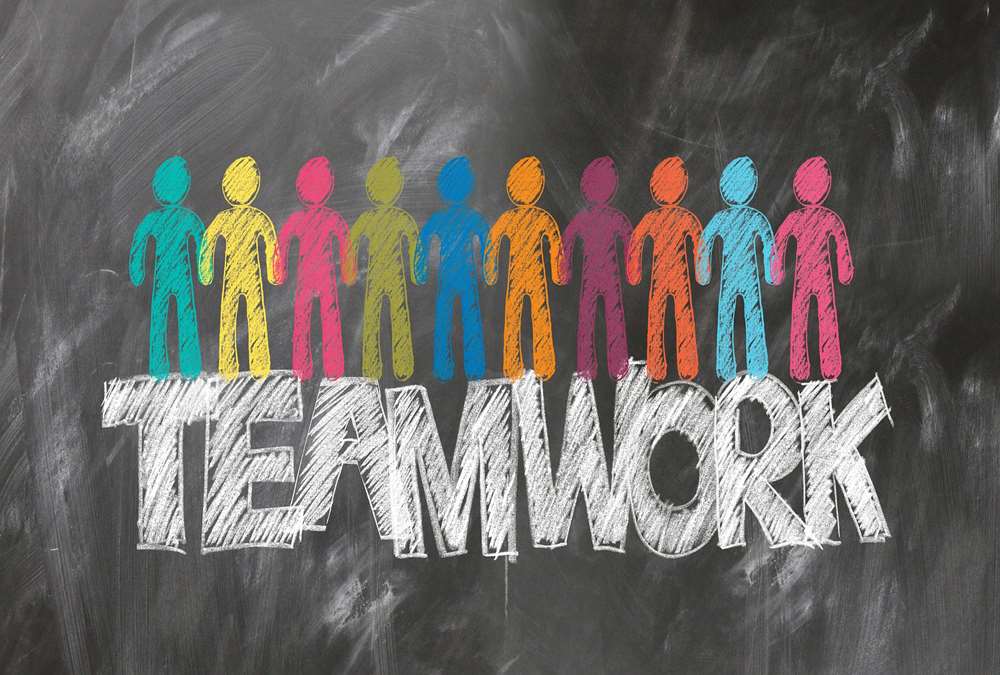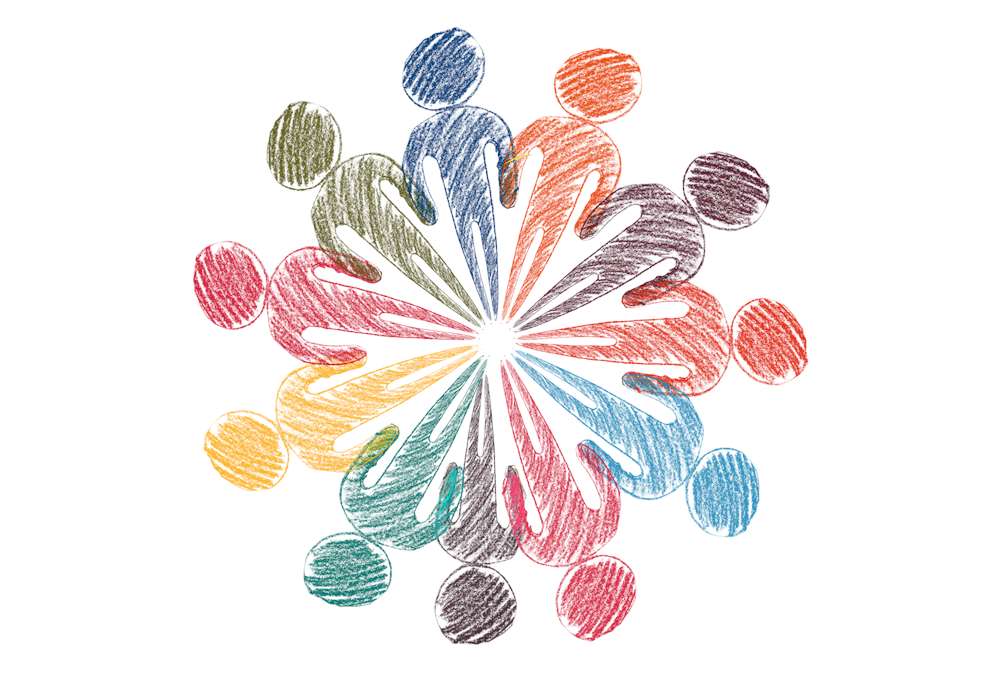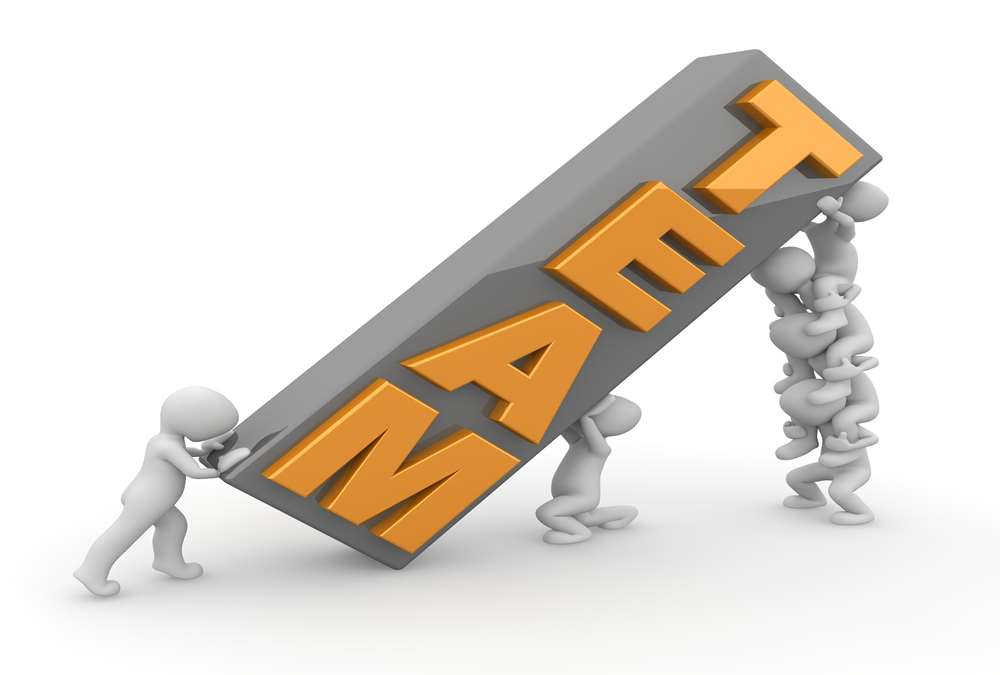
Leadership Skills – Change Management
“Some people change when they see the light, others when they feel the heat.”
brings you the best training material on Coping with change. In this section, we will discuss change, our attitudes and reactions to change, myths and realities of change, and skills to help us deal with change. It is one of life’s paradoxes that change is one of the few constants in our lives. It is therefore important for us to be able to understand the nature of change and develop strategies to deal with change.
Explore the Change Leadership Toolkit on how to manage change, so you can enjoy less stress and more success in your work and in your life.

How often do you have a plan for how you’re going to spend your day, but aren’t able to complete the tasks in your plan due to unimportant tasks, interruptions, or your own procrastination? Wouldn’t it be great to be able to manage your schedule and time while avoiding, or at least controlling, these time thieves? Learn strategies for managing your schedule while managing interruptions and time pressures.

Teams are part of modern organizational culture. Whether you are a team leader or a member of a team, having a better understanding of how teams work and being able to identify where the team is in the process is a critical part of ensuring the ultimate success of the team. Start with the basics and understand what a team is and what role it plays in an organization.

Time management is the process of planning and exercising conscious control over the time spent on specific activities, especially to increase effectiveness, efficiency and productivity. The best time management techniques improve the way you work. Time management refers to the effective management of time so that the right time is allocated to the right activity. Learn more about the five steps to effective time management, viz. study, identify, analyze, decide and implement.

Many types of teams have been identified by social scientists. Managers can encounter various types of challenges while managing different types of teams. The challenges associated with cross-functional teams can be different from those of a geographically dispersed team or a virtual team. This article explores some common categories and subtypes of teams.

The use of formal work teams is commonplace in modern organizations. But why do we have teams? What are the benefits or advantages that teams bring to organizations and employees? Do we really need to adopt formal team structures and use team building approaches in organizations? Read this article to explore and discover the benefits of having formal teams in organizations.

How to create effective teams? What comes to mind when you think of an effective team? High-performing teams demonstrate accountability, purpose, cohesion, and collaboration. It is a team that works transparently as a whole. Each brings unique talents and strengths and supports each other to bring out the best in each. How to create one?

All teams are dynamic by nature and they take time to come together, they form, develop and grow in stages, over a period of time. Teams go through five progressive stages: Forming, Storming, Norming, Performing and Adjourning. In this article, we want to walk you through these stages of team development and some strategies you can use to help the team grow and develop through each of these stages.

This is the first stage of team development. This is the stage where the foundations of the team are laid. During the training phase, team members rely heavily on their leader for guidance. Learn the practical strategies you can use during this stage to help your team become a highly effective high performing team.

Storming is the second stage of team development and this stage is characterized by a search for power and interpersonal conflicts. Learn the key factors that occur in the storm phase and the strategies a team leader can adopt to get through this high wind phase
